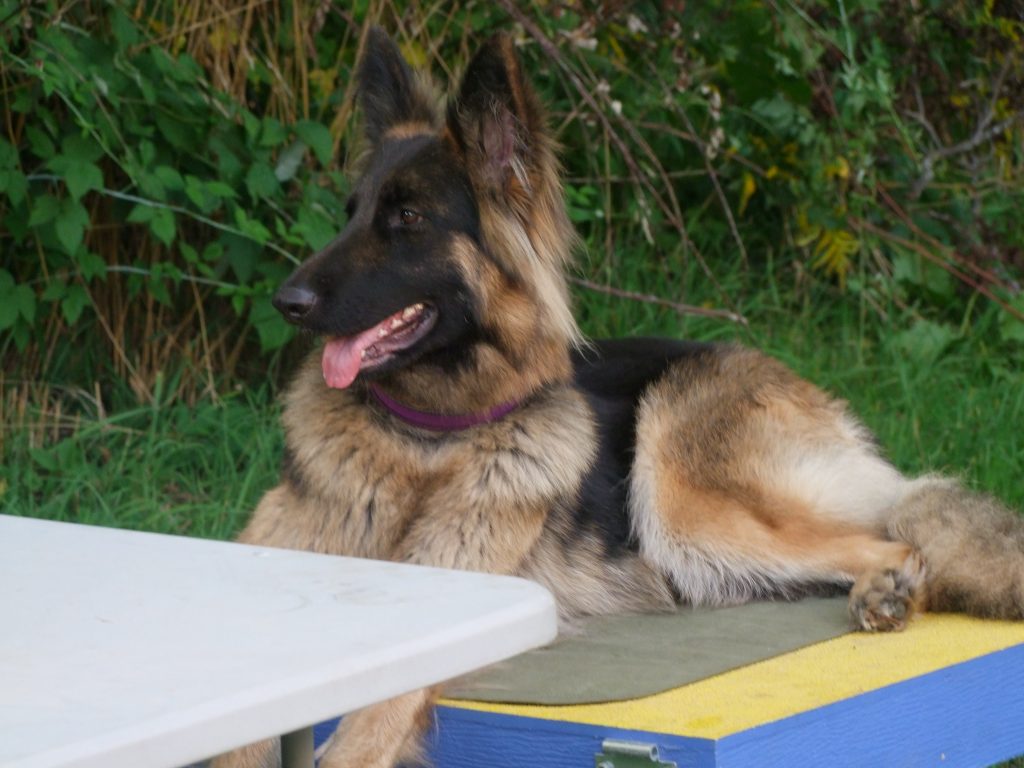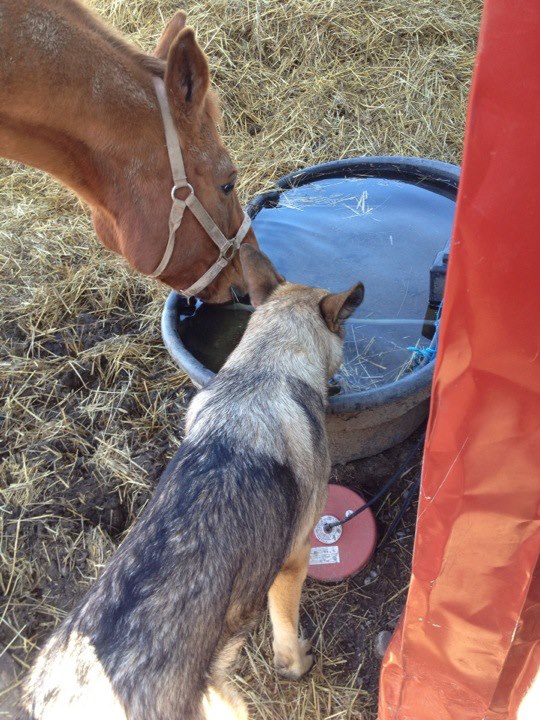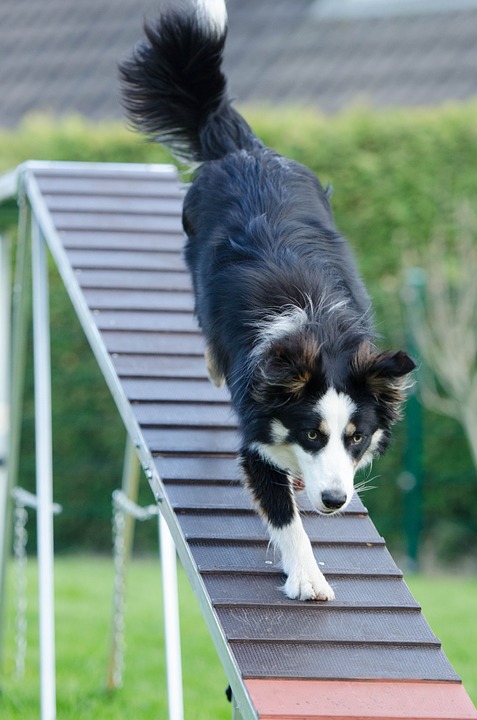[quote] [quote_content] …Thorough obedience training does more than assure a dog’s response to his master’s command; capacities for learning and emotional stability could be increased and integrated as permanent qualities of character. [/quote_content] [quote_signature name=”Name”]William Koehler, 1962[/quote_signature] [/quote] Some people are surprised to learn that I do embrace some of the older obedience styles and masters, like Koehler. What they don’t take into consideration is that these people were not ’10 minute a day trainers.’… Continue
Read More
There are a lot of positive dog training centers teaching people that if their dog reacts, shows aggression, or become over excited then all you need is to teach it to look, redirect its behavior and the problem will magically go away. There are people who say ‘teach an alternative behavior’, but if you’ve ever owned a hound who is ‘locked and loaded’ on a squirrel, or a herding dog who is over stimulated because… Continue
Read More
We are always worried about fading treats and rewards. Very few dog handlers worry about fading corrections, but this is the one thing you should work hard to fade. We’ve talked before about the difference between teaching and learning. Teaching a task to a dog means that we are showing the dog the task, in various environments, with different distractions, and adding duration and distance to the equation. It can take 2 minutes to show… Continue
Read More
Before any obedience training we need to calm our dog. A dog won’t focus on us if it is worried that something will come around the next bush or building. A dog will forget to stay at our side and heel if it is watching another dog play ball. The first step to an obedient dog is to teach your dog exactly what you want. But you can’t teach a stressed dog. You need to… Continue
Read More
“I want an obedient dog.” I hear this statement 20 times a month. People come to me and want me to magically turn their dog into a super dog. But before I can do this I need to understand what they mean. I want an obedient dog: I want a dog who I can ignore all day but will still do what I say I want a dog that is invisible in my life until… Continue
Read More



